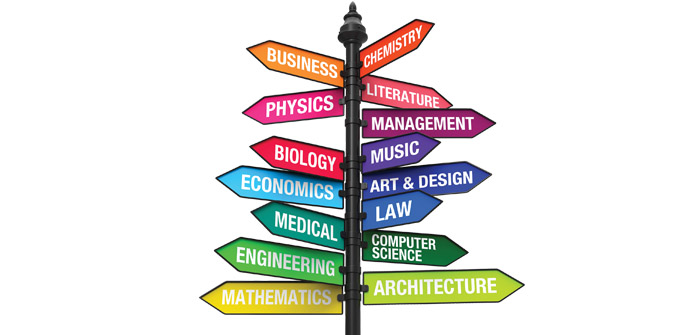Are your sales as consistently successful as they could be? Great sales people always combine four components to their sales approach.
- They start with a sales strategy to help position themselves for the sale.
- They have strong product knowledge not only about their products but their competitors’ products as well.
- They have a strong foundation in sales techniques.
- They truly understand how to build relationships with each individual customer.
Sales strategy begins with customer profiling. Ask yourself, “How well does the customer fit my target market?” Part of customer profiling is prospecting and strong territory management. I regularly visit with business owners who actually drive past potential customers to get other customers.
For example, they take a customer in Redmond when most of their customers are on the south side of Bend. Every time you leave your main geographic area, the time spent driving and servicing the customer in another area takes away from growing your business in your targeted area.
Another key part of a successful strategy is regular evaluation of sales calls. It is just as important to know why you didn’t make the sale as why you did. It is through this process you will find out who your competitors are and why customers are buying from them.
A mistake that salespeople often make when using their product knowledge is the old “feature and benefit” approach. Using their product knowledge, they talk about product features and what the products do for customers in general. This is not always the best approach for everyone you target.
As you develop a strong customer profile, you will have a better idea of what is important to that particular customer. Think of the benefits of your product or service and relate that to what is truly important to this particular customer. Not all features carry the same importance to every customer.
One of the strongest sales meetings we ever had involved buying our customer’s products and disassembling them. It was through this activity we truly understood what our competitor was selling.
Greater success will come from combining this type of information about your competitors along with strong product knowledge about your own offerings. Now, add to that a profile that tells you what is important to a particular customer, and you can really target sales presentations to the “hot buttons” of each prospect.
A key foundation to successful selling is the use of sales techniques that include the ability to question and listen while determining what the customer really needs. While these skills can be sharpened with sales training, they can be sharpened on the job as well. As you plan your next sales calls, think of the process as a funnel. The more questions you ask and the more information you receive, the closer you get to “coming through the funnel” and closing the sale.
As you know, not all customer responses will be positive ones. Plan in advance for negative responses and stalls. Have solutions in mind for objections customers will have. Don’t look at these stalling tactics and objections in a negative way, but rather as a positive means of getting additional information so you can better meet the needs of your individual customer. When they are done with the sales call, you should evaluate your progress and update your customer profile with what you have learned. The information can be stored using software such as ACT! or simply placed in a file folder.
The final component of successful selling is to develop skills that help you build relationships with your customers. A customer rarely maintains loyalty to a business without a positive relationship with someone inside that business. No matter how much customers like their product, they create loyalty only when the relationship is strong. Otherwise they are just buying from your business until a better source comes along.
To build and influence relationships, you need to understand individual behavioral and communication styles. Remember that each customer is different. Some want to socialize; others want to “cut to the chase.” Some want choices; others want you to decide for them. Some have a methodical, analytical approach, others are big picture thinkers. For more information on behavioral types and how to deal with them, see the next edition of “Tips for Small Business.”
Jim Kress has more than 15 years of sales experience and works at COCC where he helps small business improve sales and marketing performance. He can be reached at 383-7712.




